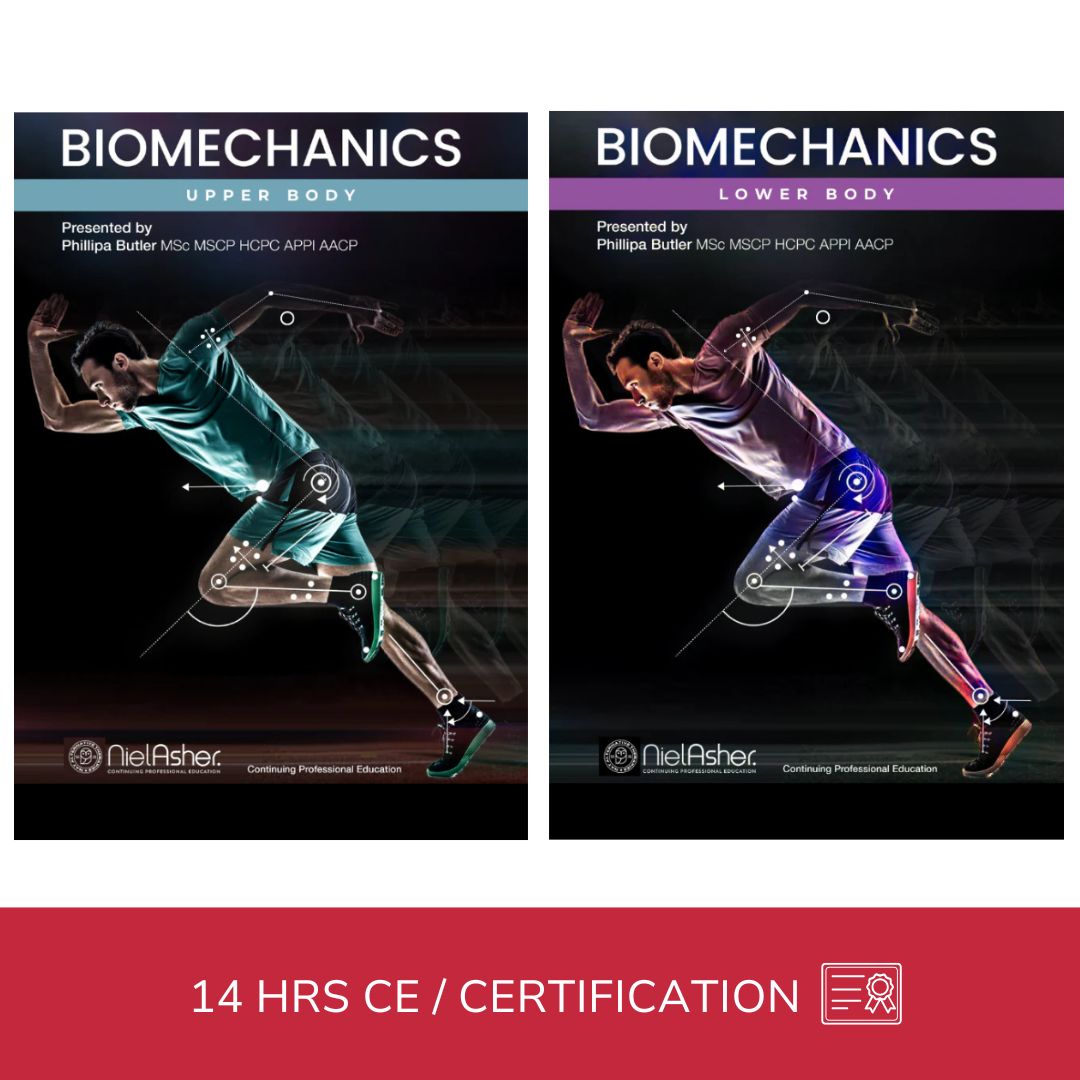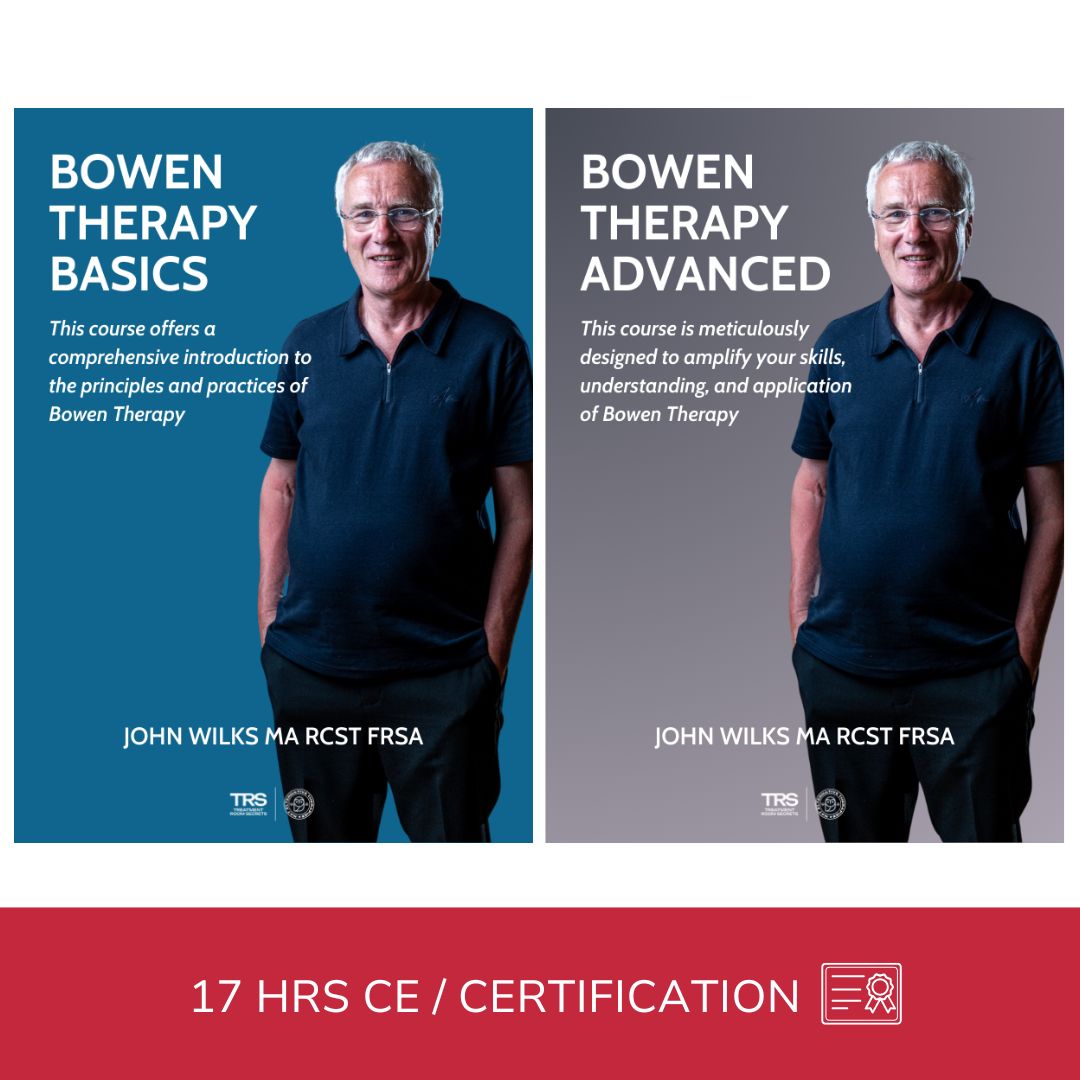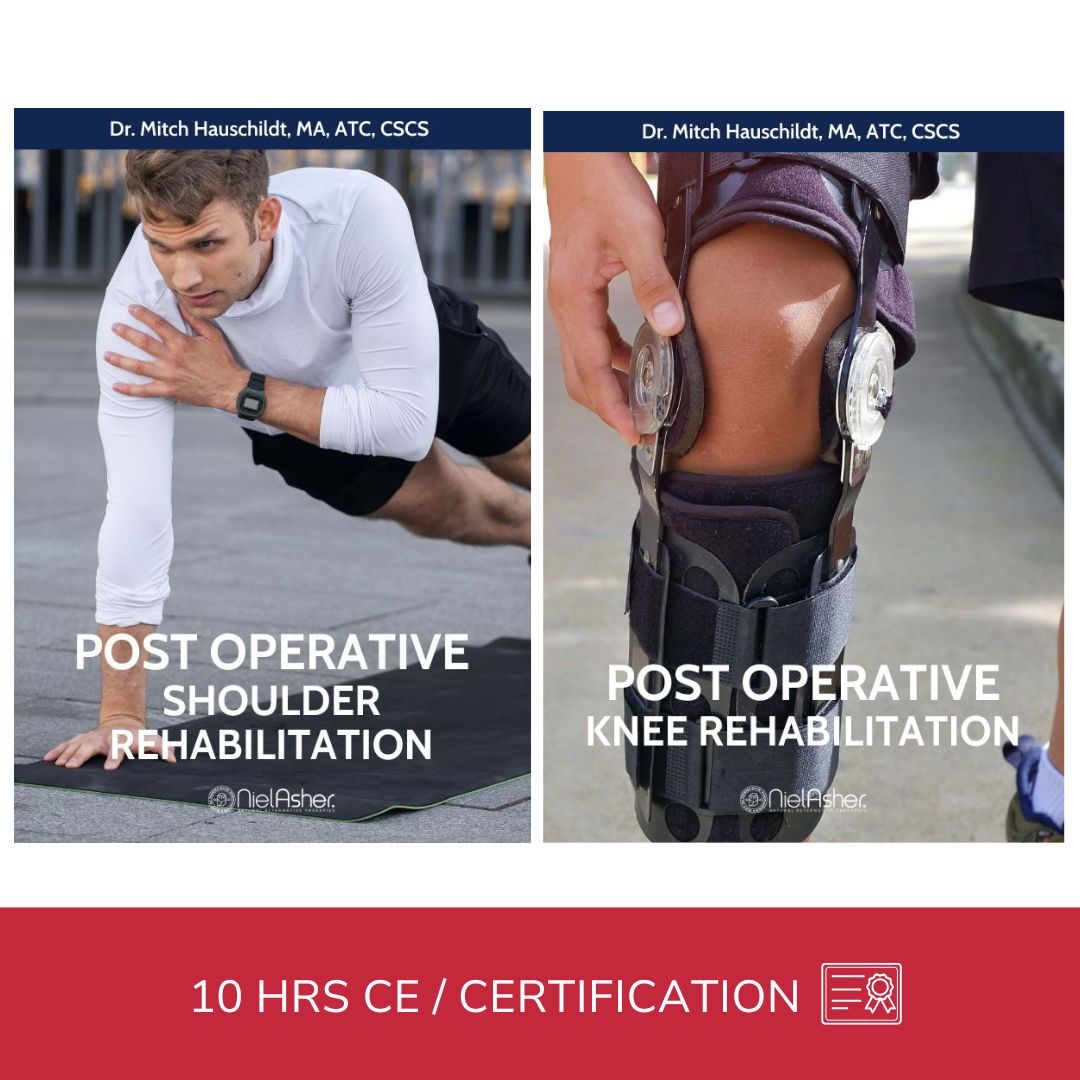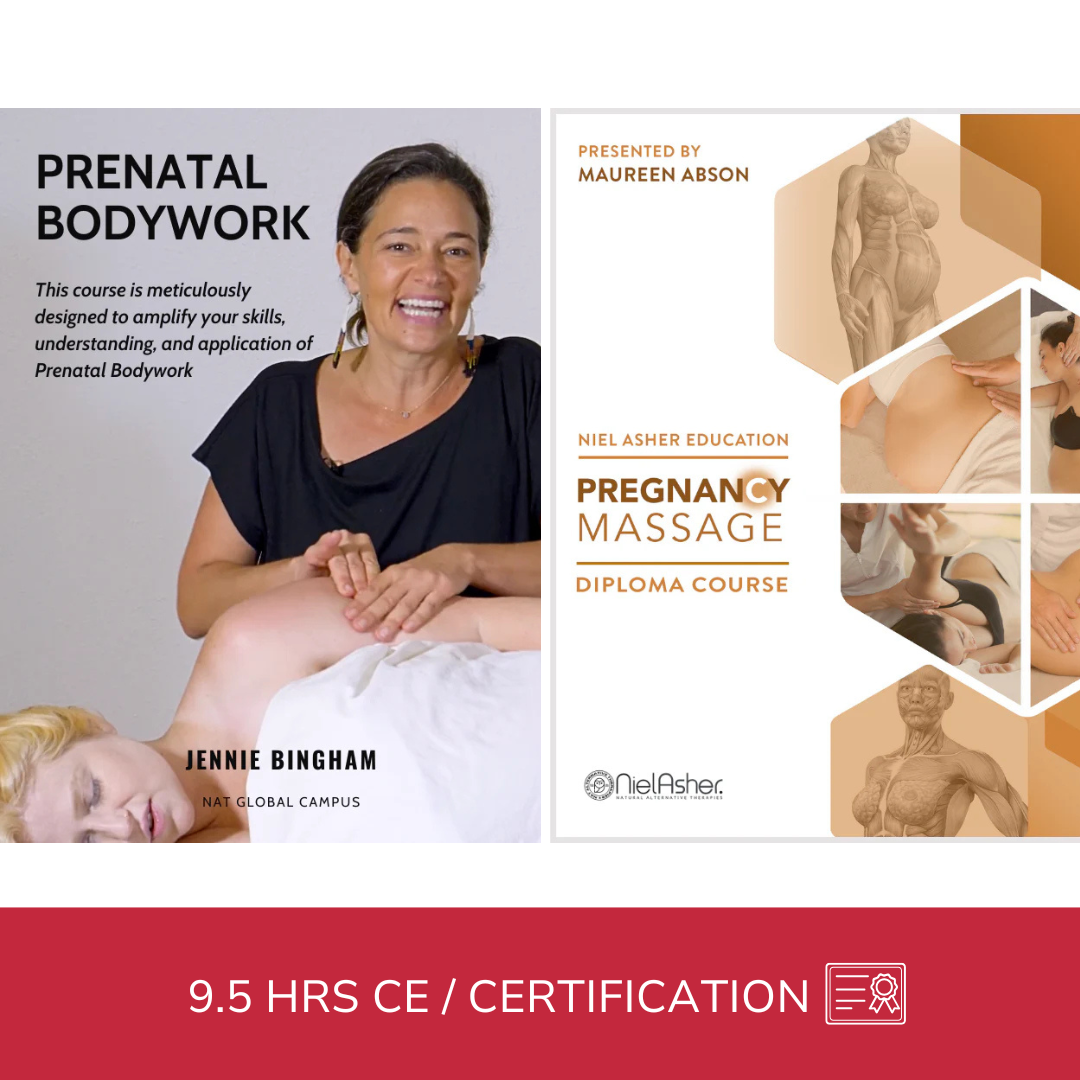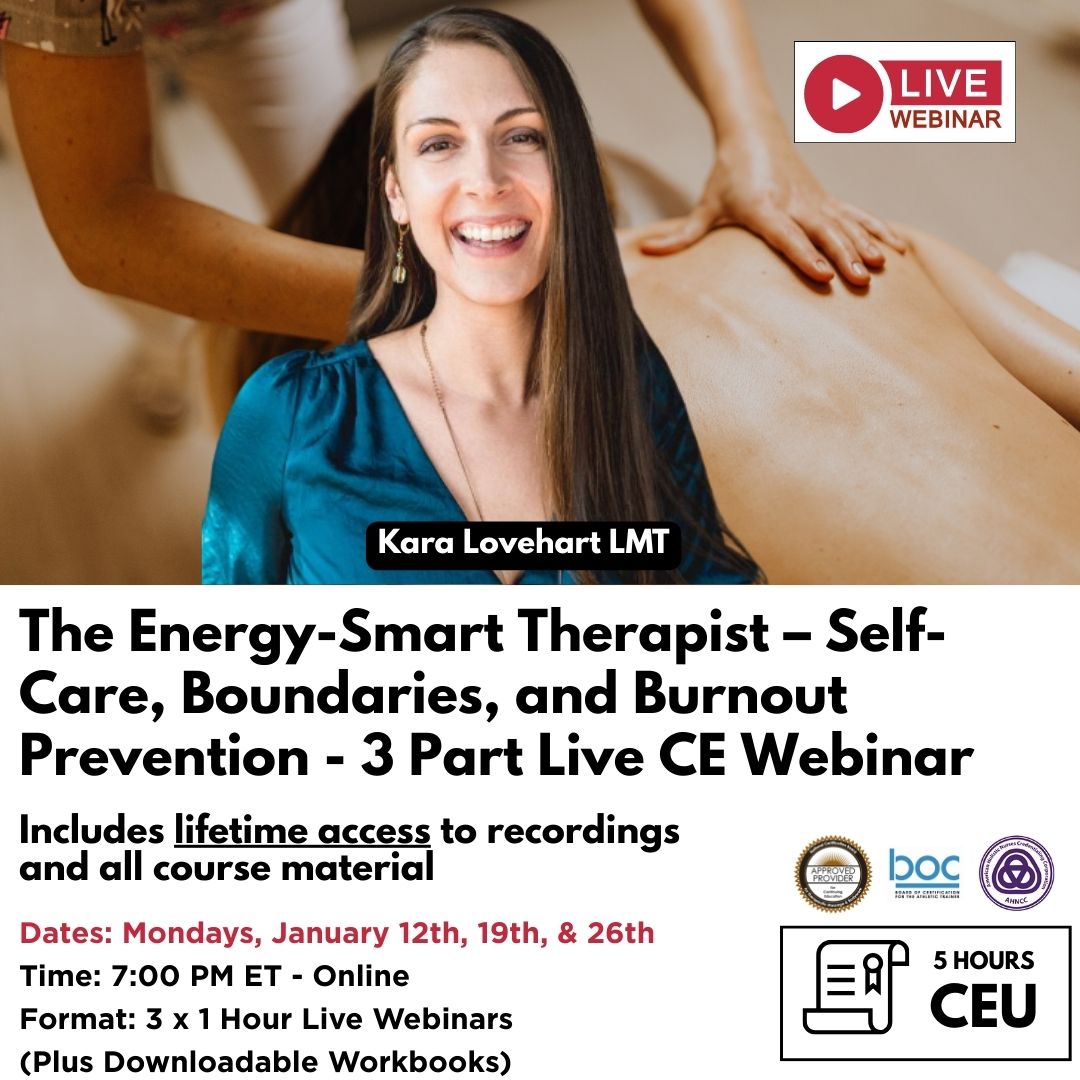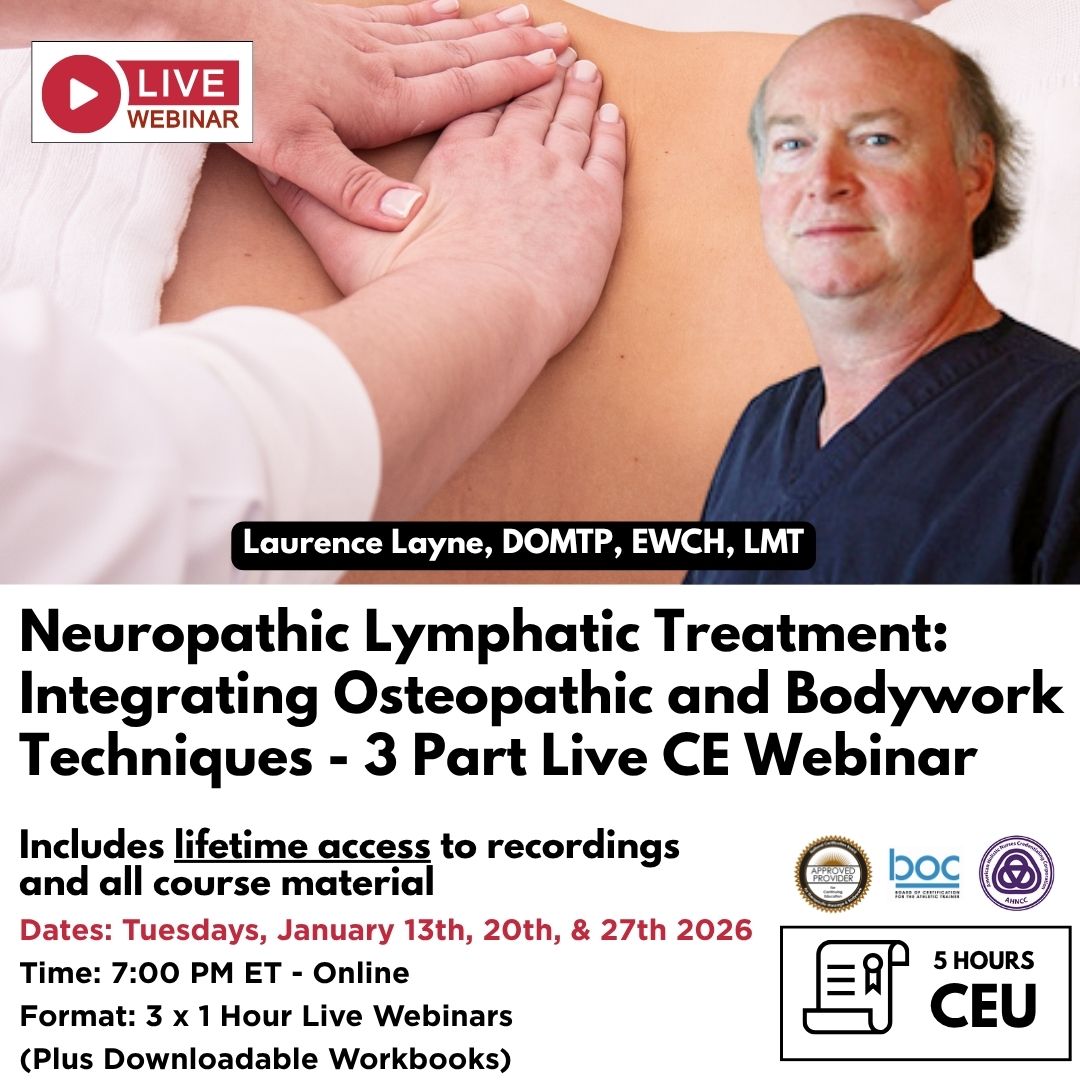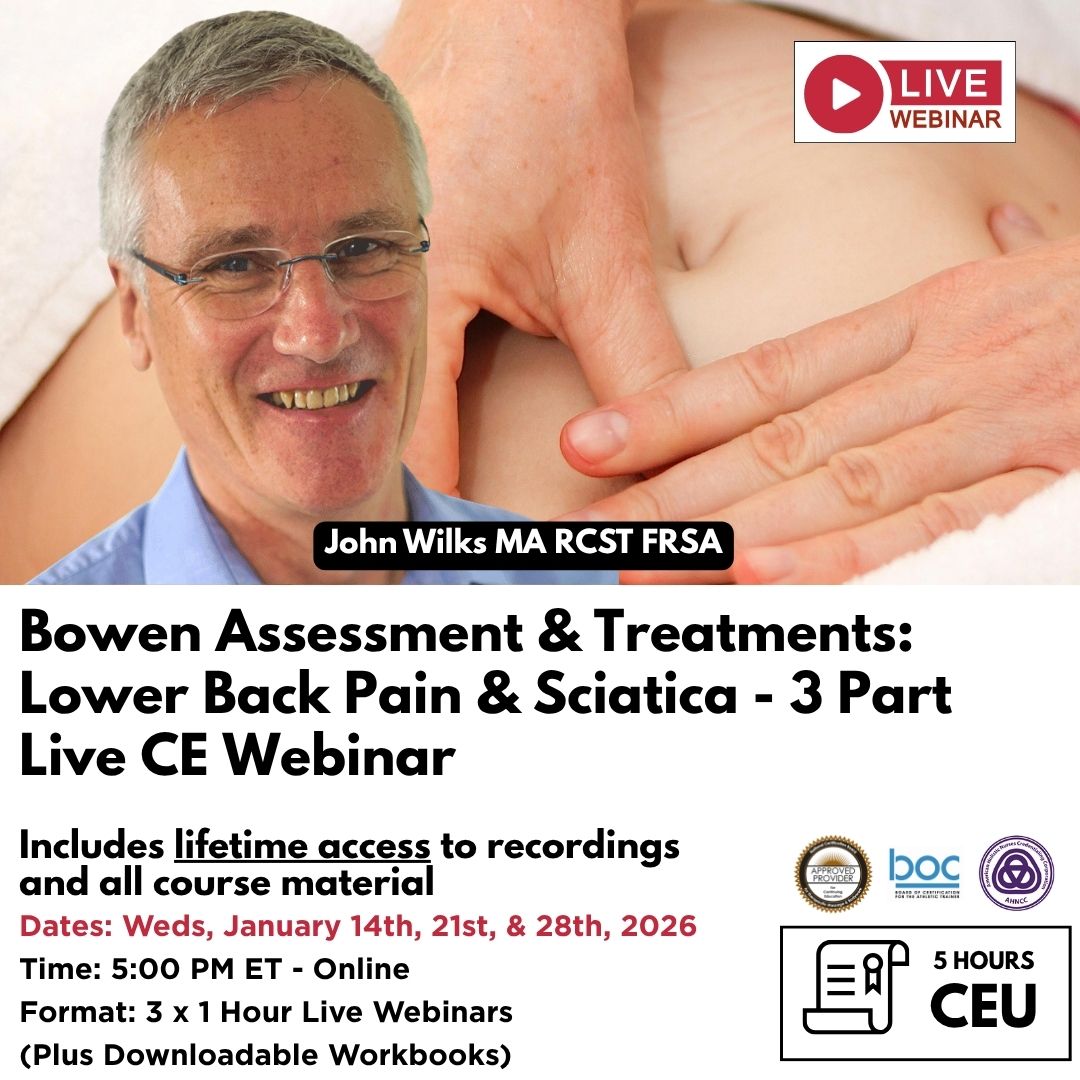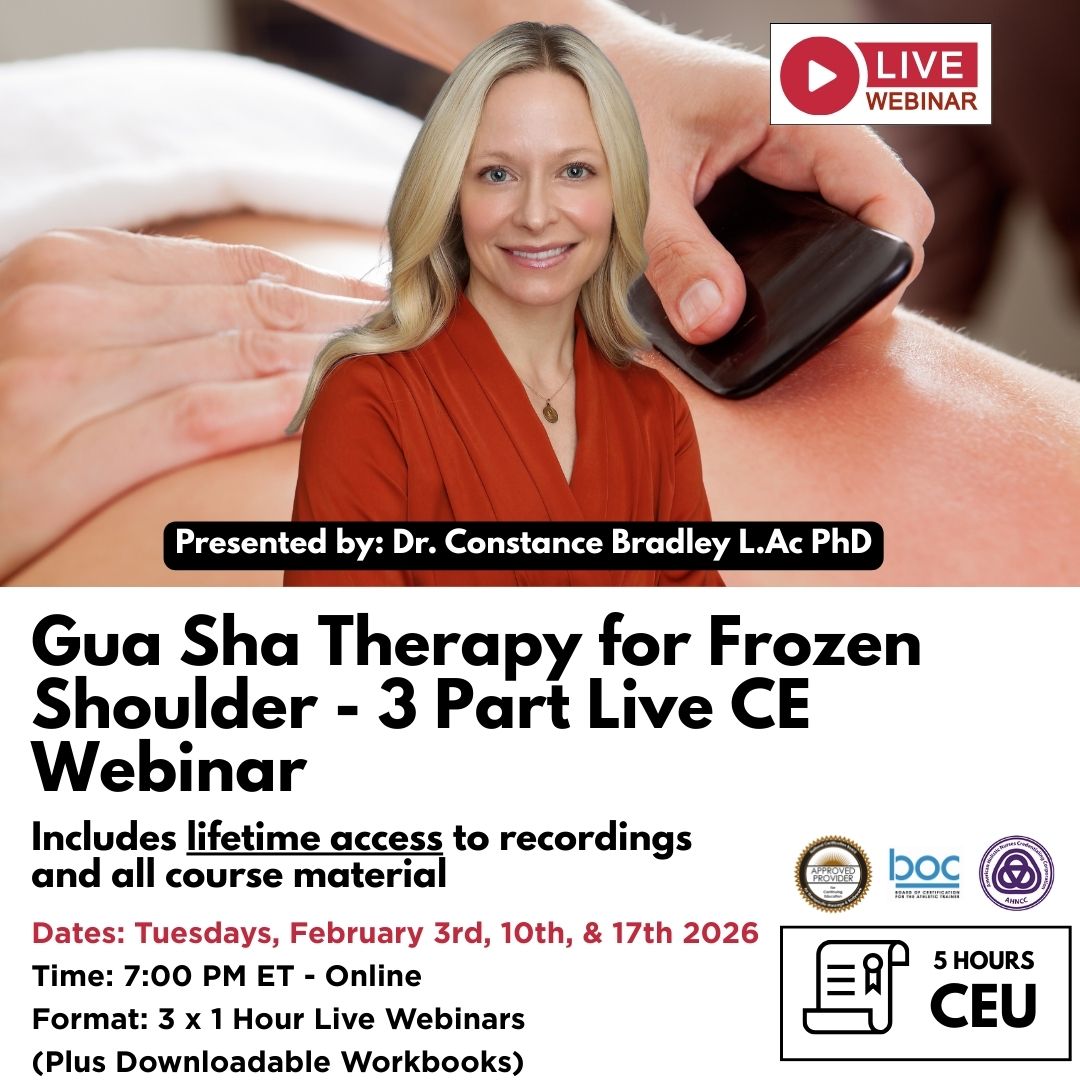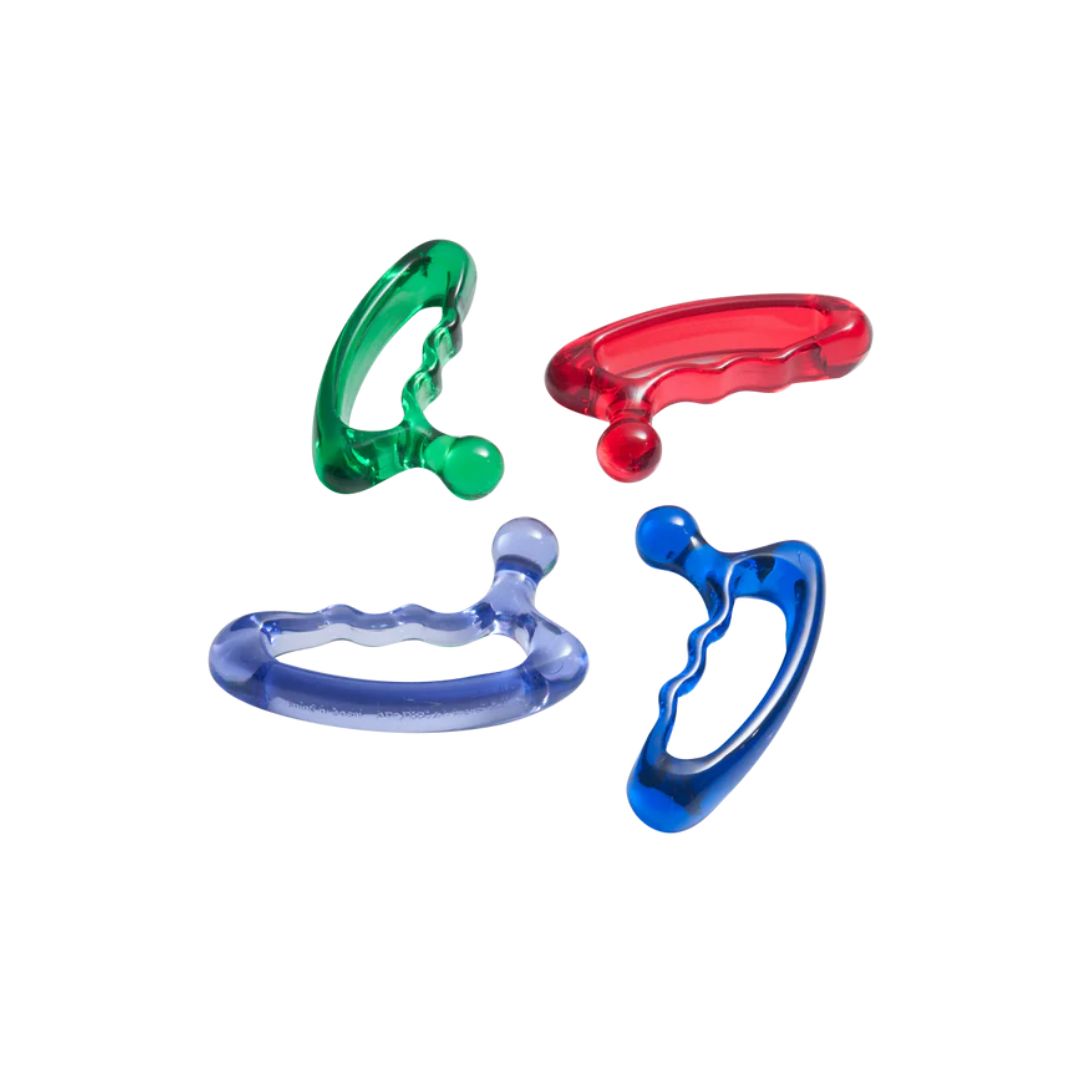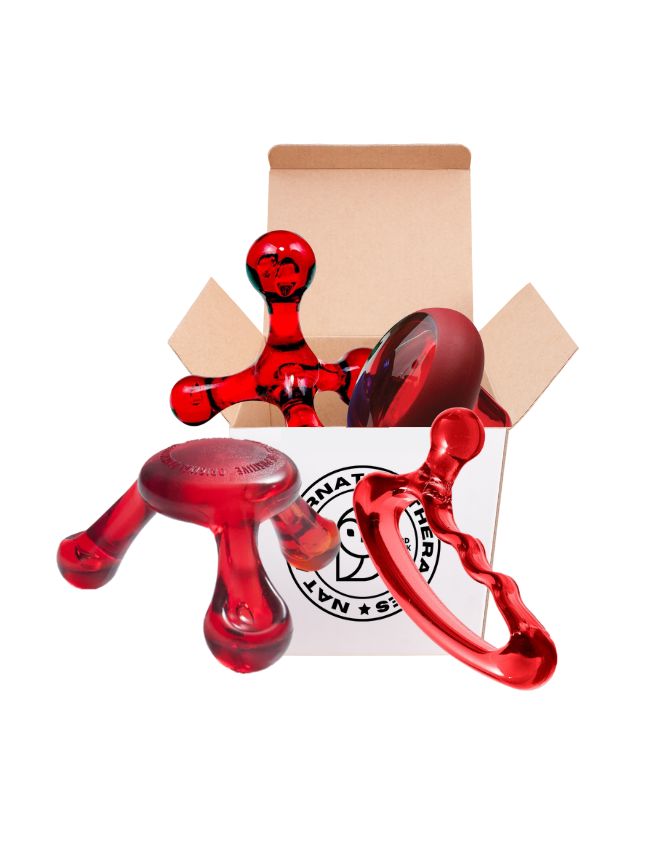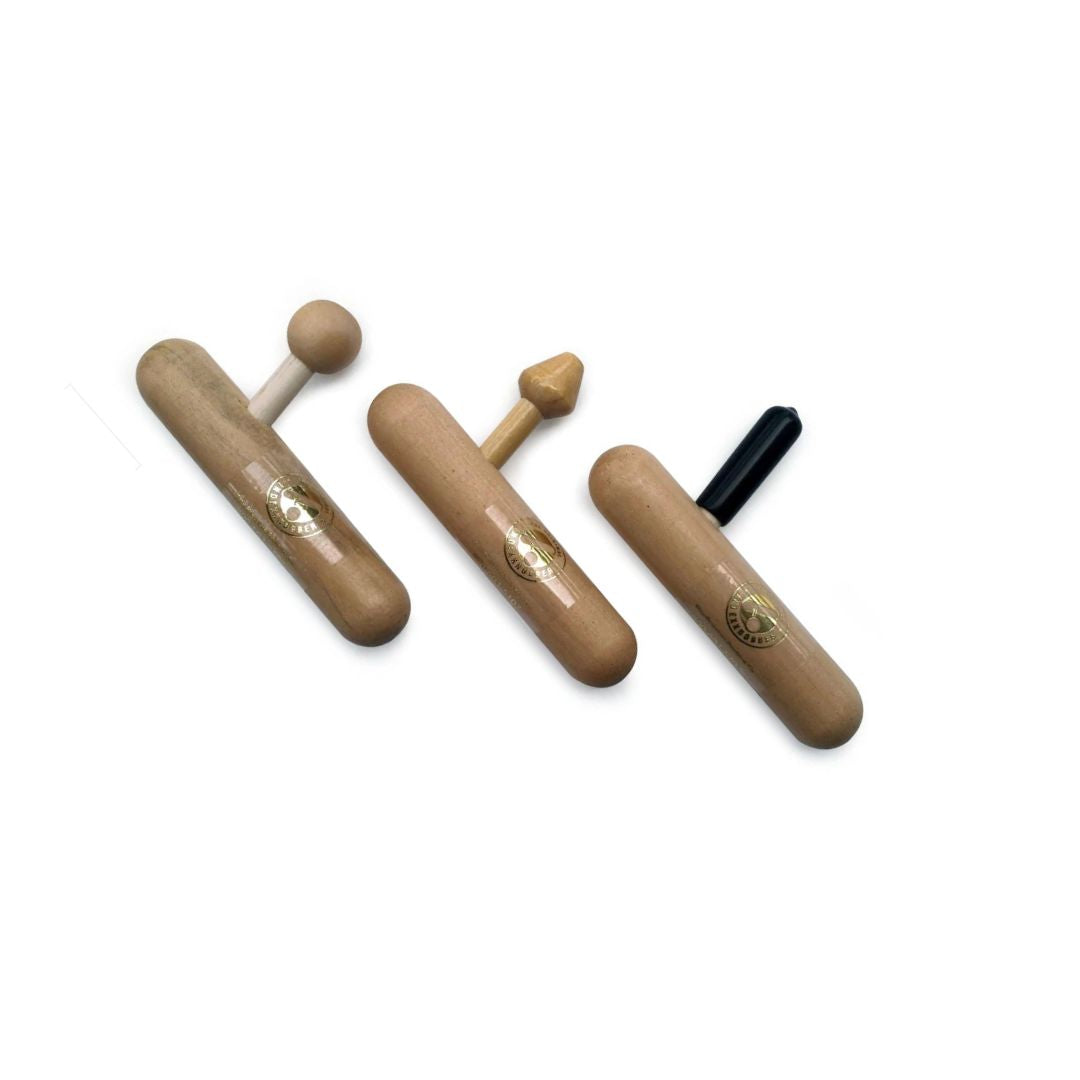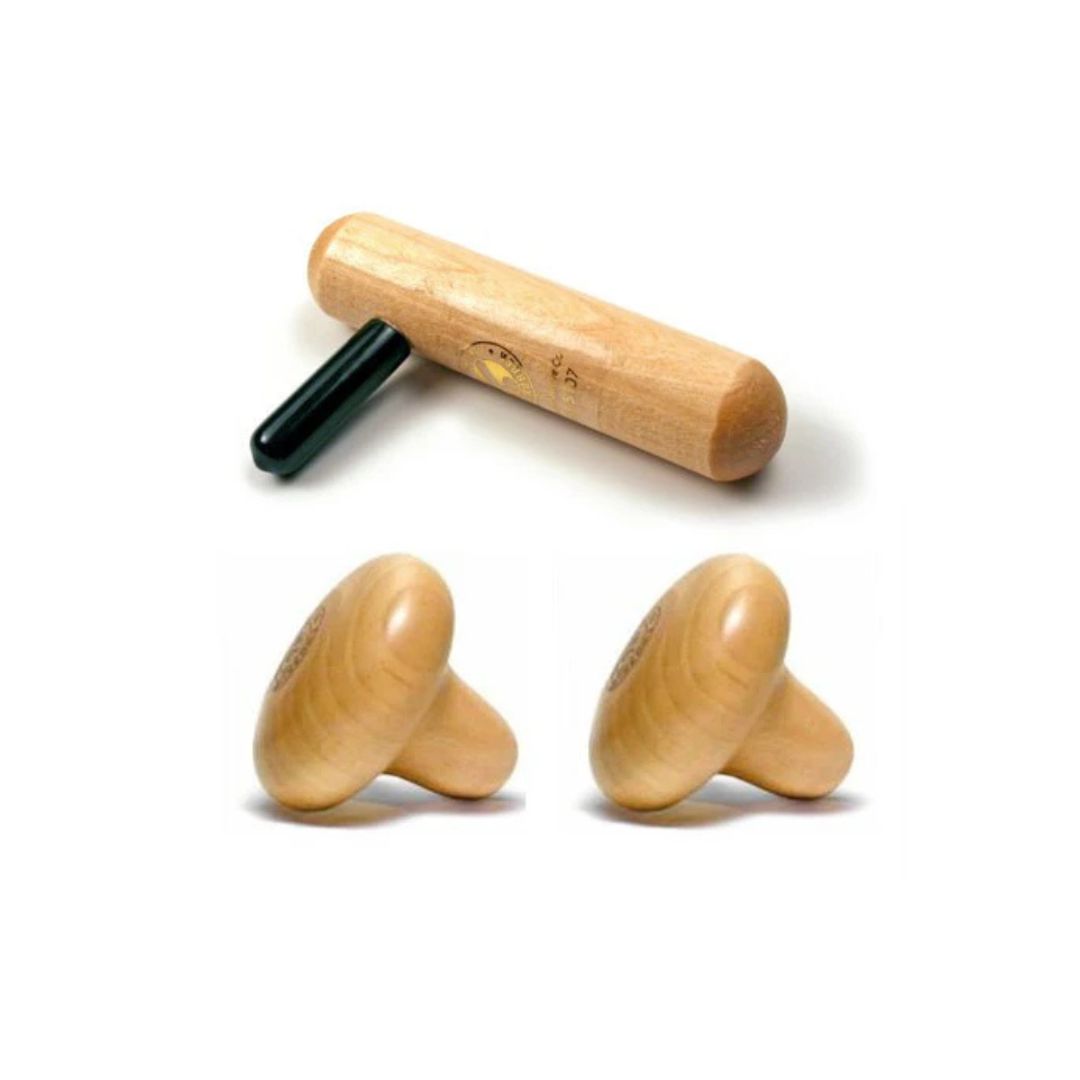Reaching Upper Back Stretch

Technique:
- Sit in a squatting position while facing a pole or door edge
- Hold onto the pole with one hand
- Lean backwards away from the pole
Primary muscles: Trapezius. Rhomboids. Latissimus dorsi. Posterior deltoid.
Secondary muscles: Teres major.
Injury where stretch may be useful: Neck muscle strain. Whiplash (neck sprain). Cervical nerve stretch syndrome. Wry neck (acute torticollis). Upper back muscle strain. Upper back ligament sprain. Impingement syndrome. Rotator cuff tendonitis. Shoulder bursitis. Frozen shoulder (adhesive capsulitis).
Note: Keep your body relaxed during the stretch, allowing your upper back to round out and your shoulder blades to separate. When you lean backwards, let the weight of your body do the stretching.
EDUCATION MEMBERSHIP PLANS
UNLIMITED ACCESS
FROM $19.95/monthly
About Niel Asher Education
Niel Asher Education (NAT Global Campus) is a globally recognised provider of high-quality professional learning for hands-on health and movement practitioners. Through an extensive catalogue of expert-led online courses, NAT delivers continuing education for massage therapists, supporting both newly qualified and highly experienced professionals with practical, clinically relevant training designed for real-world practice.
Beyond massage therapy, Niel Asher Education offers comprehensive continuing education for physical therapists, continuing education for athletic trainers, continuing education for chiropractors, and continuing education for rehabilitation professionals working across a wide range of clinical, sports, and wellness environments. Courses span manual therapy, movement, rehabilitation, pain management, integrative therapies, and practitioner self-care, with content presented by respected educators and clinicians from around the world.
Known for its high production values and practitioner-focused approach, Niel Asher Education emphasises clarity, practical application, and professional integrity. Its online learning model allows practitioners to study at their own pace while earning recognised certificates and maintaining ongoing professional development requirements, making continuing education accessible regardless of location or schedule.
Through partnerships with leading educational platforms and organisations worldwide, Niel Asher Education continues to expand access to trusted, high-quality continuing education for massage therapists, continuing education for physical therapists, continuing education for athletic trainers, continuing education for chiropractors, and continuing education for rehabilitation professionals, supporting lifelong learning and professional excellence across the global therapy community.
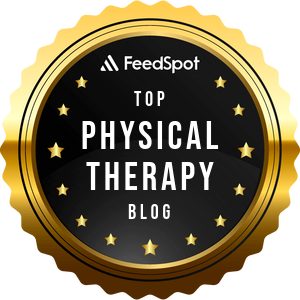
Continuing Professional Education
Looking for Massage Therapy CEUs, PT and ATC continuing education, chiropractic CE, or advanced manual therapy training? Explore our evidence-based online courses designed for hands-on professionals.


